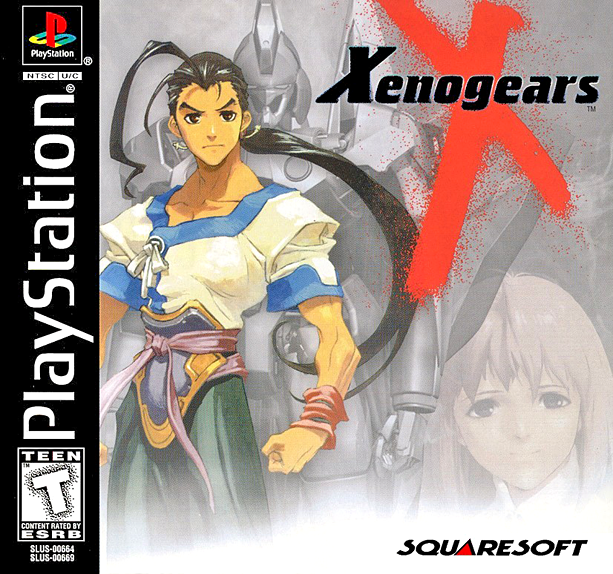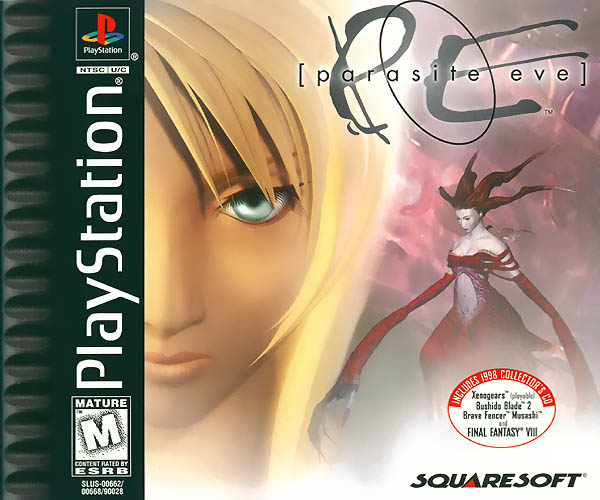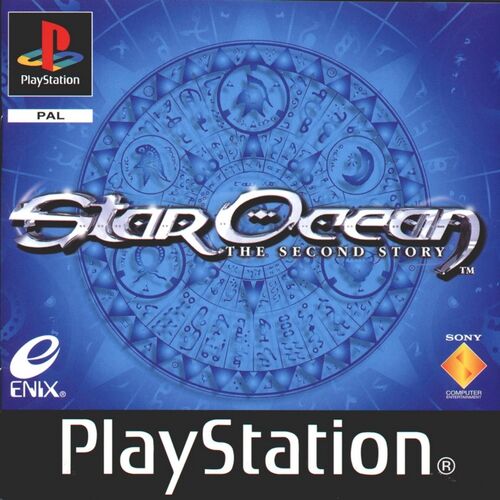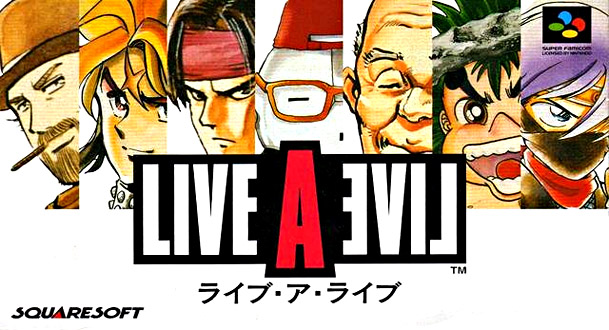Game No. 91

Title: Front Mission 2
Developer: G-Craft
Platform: PlayStation
Release Date: September 25, 1997 (Japan)
Comment: The series debut on the PlayStation, Front Mission 2 utilized the more powerful hardware by introducing three-dimensional graphics to the various battlefields, whilst also building on the gameplay mechanics of the first game.
The game takes place a decade after the first title during the span of a month in a country called Alordesh (ostensibly based on Bangladesh), a member state of the Oceania Cooperative Union (OCU). The story follows three OCU officers whose paths intertwine as they get caught up in a civil war where the Alordeshi military seek to establish national independence from the OCU.
As in the first game, plot progression is presented through cut-scenes and a linear campaign. The world map returns and is yet again divided between cities and towns, where players can prepare and outfit their troops, and battle zones, where missions are carried out. Mission objectives reportedly remain much the same as those present in the first title, but the scope of individual missions has apparently been significantly expanded. Arenas, in which players can combat A.I. controlled opponents to earn cash rewards, also make a return, but this time they allow for players to bring teams of wanzers into assorted matches. The game is viewed from both an overhead perspective, whilst overseeing the grid-based unit movement, and a more close-up ground level perspective, during wanzer confrontations. The system for unit customization with various modules has been retained, and there are reportedly even more modules to take into account this time around. The different weapons systems make a return, but they have apparently been subjected to numerous tweaks in order to improve game balance. Due to the three-dimensional graphics, players must now also take terrain differences into consideration when planning assaults and defensive maneuvers. Flanking is now a viable tactic, as the game now grants attackers accuracy bonuses according to what direction they strike from. Introduced in this installment are Action Points, which dictates the amount of actions that can be performed in any one turn by a given unit. These points are refilled after each turn and increase as units rise through experience levels. Related to Action Points are so called Honor Points, which are gained by annihilating enemy targets. Also, the Honor system can exercise a boosting effect on Action Points when groups of allied units are kept close together, and reversely, a declining influence when units become separated by enemy troops. Amassing sufficient amounts of Honor Points allow a given unit to learn special abilities which can enhance their battle performance. Another new feature is armor coating, which bestow units with assorted resistances. Finally, the game also incorporates a pseudo-World Wide Web called the Network, which present players with a means to improve their understanding on the universe the title takes place in.
Front Mission 2 has sold in excess of 500,000 copies in its original PlayStation release. I've been able to locate but two professional reviews, an in my humble estimation insufficient number to evaluate the critical reception of this game in a wider perspective. Nevertheless, those two reviews appear positive.

Title: Front Mission 2
Developer: G-Craft
Platform: PlayStation
Release Date: September 25, 1997 (Japan)
Comment: The series debut on the PlayStation, Front Mission 2 utilized the more powerful hardware by introducing three-dimensional graphics to the various battlefields, whilst also building on the gameplay mechanics of the first game.
The game takes place a decade after the first title during the span of a month in a country called Alordesh (ostensibly based on Bangladesh), a member state of the Oceania Cooperative Union (OCU). The story follows three OCU officers whose paths intertwine as they get caught up in a civil war where the Alordeshi military seek to establish national independence from the OCU.
As in the first game, plot progression is presented through cut-scenes and a linear campaign. The world map returns and is yet again divided between cities and towns, where players can prepare and outfit their troops, and battle zones, where missions are carried out. Mission objectives reportedly remain much the same as those present in the first title, but the scope of individual missions has apparently been significantly expanded. Arenas, in which players can combat A.I. controlled opponents to earn cash rewards, also make a return, but this time they allow for players to bring teams of wanzers into assorted matches. The game is viewed from both an overhead perspective, whilst overseeing the grid-based unit movement, and a more close-up ground level perspective, during wanzer confrontations. The system for unit customization with various modules has been retained, and there are reportedly even more modules to take into account this time around. The different weapons systems make a return, but they have apparently been subjected to numerous tweaks in order to improve game balance. Due to the three-dimensional graphics, players must now also take terrain differences into consideration when planning assaults and defensive maneuvers. Flanking is now a viable tactic, as the game now grants attackers accuracy bonuses according to what direction they strike from. Introduced in this installment are Action Points, which dictates the amount of actions that can be performed in any one turn by a given unit. These points are refilled after each turn and increase as units rise through experience levels. Related to Action Points are so called Honor Points, which are gained by annihilating enemy targets. Also, the Honor system can exercise a boosting effect on Action Points when groups of allied units are kept close together, and reversely, a declining influence when units become separated by enemy troops. Amassing sufficient amounts of Honor Points allow a given unit to learn special abilities which can enhance their battle performance. Another new feature is armor coating, which bestow units with assorted resistances. Finally, the game also incorporates a pseudo-World Wide Web called the Network, which present players with a means to improve their understanding on the universe the title takes place in.
Front Mission 2 has sold in excess of 500,000 copies in its original PlayStation release. I've been able to locate but two professional reviews, an in my humble estimation insufficient number to evaluate the critical reception of this game in a wider perspective. Nevertheless, those two reviews appear positive.



















